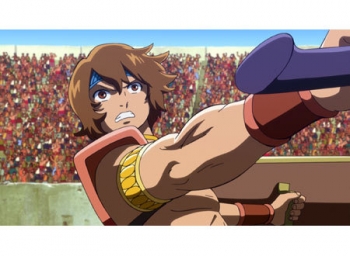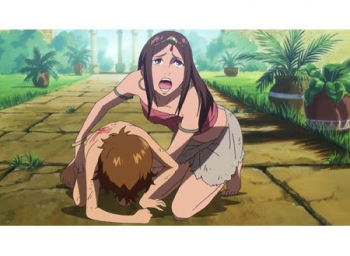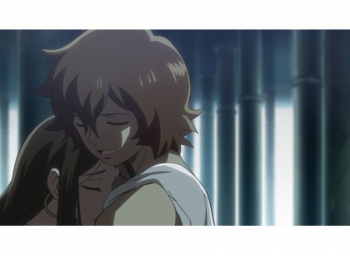Aside from their questionably passionate gazes and prolonged shots of their longing embraces, Chapra and his unnamed mother form a genuinely touching duo. Their mutual devotion forms the second rubric of the movie’s story, and their deaths are brutal and undeniably tragic. Chapra’s story begins when he meets Tata and attempts to kill Budai, a Kosalan general who carelessly destroyed Tata’s village and family. He stops when he realizes he can use Budai to rise up the aristocratic ranks and lift his mother from slavery (although he will find out that this idealistic strategy will fail before the Brahmins). Saving Budai from near death, he is adopted as Budai’s heir, with the Kosalan fully aware that he is not of high caste.
There is little connection between Chapra and Siddhartha’s stories, except for the nonfictional history between the ??kyas and Kosalans and the reality of the caste injustices that plague both protagonists. Indeed, the two heroes meet only once, and that is on the battlefield when they are only fifteen years old. Chapra is undoubtedly a better and keener soldier than Siddhartha, but the moment he looks into the ??kya prince’s tranquil eyes on the battlefield, he is shot unconscious by Bandhaka’s poisoned arrow. This may be an allusion to the poisoned arrow metaphor the Buddha would teach many years later (perhaps Tezuka has a point to make about Chapra’s attempts to solve worldly problems through worldly means, which are ultimately futile and require a spiritual solution). While not killing him, the poison will lead to many twists and turns that end with Chapra’s unfortunate end at the end of a spear. His mother quite literally suffers the same fate, impaled on the same weapon with her son as they embrace each other.

















